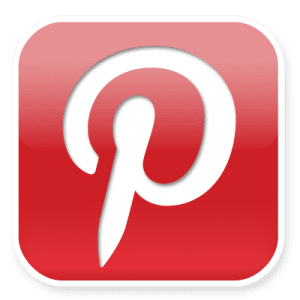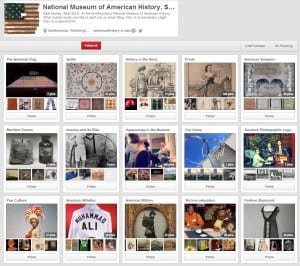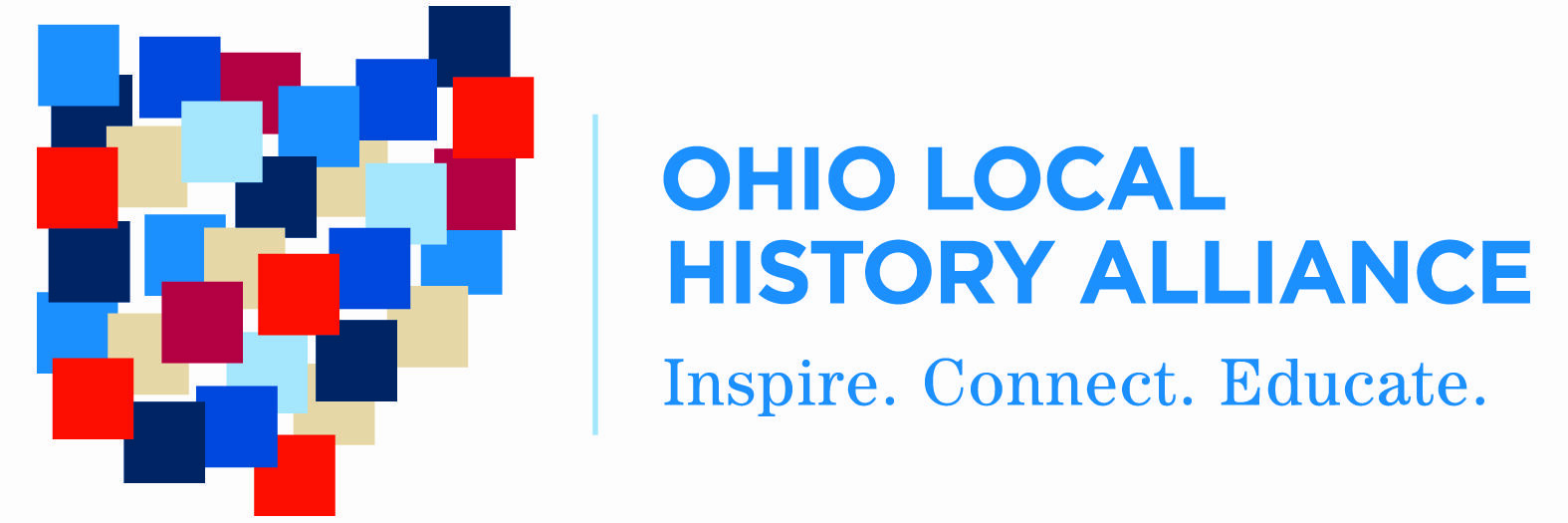Tell a Story in Images: Using Pinterest to Promote History

Pinterest, the simple social bookmarking website, has been adopted by history museums and societies to highlight collections, programs, events, and just about everything else.
What is pinterest?
Pinterest is an easy and free online tool for collecting images, videos and texts to display coherently.
The website has been around since 2010, but grew tremendously in early 2012. The site is a visually appealing trading post of images, videos and text set up to appear like an endless, organized 21st century-styled cork board. Users “pin” images from the web to one of their designated display “boards,” which can be organized by content, theme or any idea at all. The pinner can annotate any image with commentary and followers can leave comments and re-pin the image to one of their own boards.
be organized by content, theme or any idea at all. The pinner can annotate any image with commentary and followers can leave comments and re-pin the image to one of their own boards.
Other “pinners” can follow either all of an individual’s pins or only certain boards that are of specific interest. By sharing with other like-minded pinners, the relevancy of pins is increased. Every pin contains a link back to the original source of an image. If the image is re-pinned, anyone is able to find their way back to the original website, thus organizations drive interest to their website as they keep a Pinterest presence.
Use Pinterest to promote your organization by integrating your organization’s planning and programming. Visually entice potential visitors by showing what you have to offer through showcasing your collections, generating discussions, sharing resources, and ultimately showing the bigger picture of your organization. Pinterest allows users to show their taste through pins that reflect the values of the users. Many museums and historical organizations manage their own Pinterest boards, which can be found by searching terms like “history” and “museum education” or even more specifically like “1920s” and “Civil War.” Finding pinners who share similar interests is a terrific way for your organization to network with other museum professionals.
The power behind Pinterest lies in the ability to organize content.
Ideas for boards include:
- Exhibits
-Current exhibits in your museum
-Future exhibits in production. This board has the potential to get feedback from guests as they react to the developing changes.
–Future exhibits you would like to work on. Use this board to pin ideas from other museums as a sort of “wish list” for installation inspiration. - Education ideas
–Classroom Inspiration - Community events
–Third Fridays
–First Friday - Celebrations
–Holidays
—Halloween
—Valentine’s Day
–Women’s History Month - Collections
–Quilts
–Decades of Fashion
–Military
-Pop culture items - Old Photographs from one genre
–Transportation
–Historic Homes
–Storefronts - Odds and ends/Mashup/Mix-up
–Interesting Documents
–Historical Crushes
–Stunning Photos - Highlight your volunteers and employees
- Show the “behind the scenes” of your organization
- Images others have posted of their time with your organization
-This extends the experience, allowing people to continue participating with your organization even at a distance.
Examples of organizations and individuals with a strong presence in the historical world on Pinterest:
- Chicago History Museum
- Living History Farms
- Dayton History
- Santa Cruz Museum of Art and History
- Minnesota Historical Society
- National Museum of American History
- History Girl
- Atlanta History Center
- National Women’s History Museum
- Natural History Museum of Los Angeles
- Fort Worth Museum of Science and History
- New Mexico History Museum
